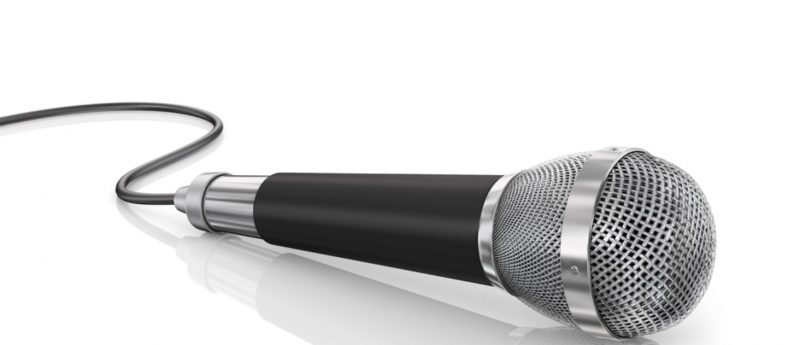Compassionate use of skin substitutes in acute burn patients: an interview with Dr James Holmes

In this interview, RegMedNet speaks to Dr James Holmes (Wake Forest University School of Medicine) about his experience of using Regenerative Epithelial Suspension (RES) combined with ReCell® technology for burn wounds.
Dr James H. Holmes IV (Associate Professor of Surgery at Wake Forest University School of Medicine and Director of the Burn Center at the Wake Forest Baptist Medicine Center, both Winston-Salem, NC, USA) focuses much of his research on the development of skin substitutes for burn wounds and has been using Regenerative Epithelial Suspension (RES) and ReCell® technology (Avita Medical) on a Compassionate Use basis for a number of burn patients he has treated. This protocol is based on the treating physician’s clinical opinion and whether he/she believes the patient will benefit from treatment.

Dr James H. Holmes IV
Associate Professor of Surgery at Wake Forest University School of Medicine and Director of the Burn Center at the Wake Forest Baptist Medicine Center, both Winston-Salem, NC, USA
Burn care Compassionate Use
“Compassionate Use is an open protocol whereby if I feel one of my burn patients would benefit from a therapy that’s not available in the USA I can apply to use it,” Dr Holmes explains. “It requires a number of levels of consent: from the patient per use, from the IRB at your institution each time you use it in that particular patient, from the manufacturer, and from the FDA — per patient.
While the data he and his team have managed to gather so far are impressive, the patients treated were not randomized, which has impacted on the quality of the data: “We can only compare them to a retrospective historical cohort of burn patients who we matched them based on severity as best we can. Another problem we face is that in such large, severe injuries, the physiology is so heterogeneous between patients that the response to treatment and subsequent scarring is markedly different from patient to patient.”
That said, the data has shown a decreased length of stay, improved healing time and decreased mortality in rate in those patients treated under the compassionate use protocol thus far, and when compared with historical controls.
In the Compassionate Use protocol developed by Dr Holmes and colleagues, ReCell® is used to produce RES, which is sprayed over meshed split thickness skin grafts with an expansion ratio of at least 3:1. The populations treated thus far include adults with a total burn surface area (TBSA) of 40% or more and children with a 30% TBSA threshold in older children, and as low as 20% in younger children, in whom smaller TBSA injuries are more serious (though the pediatric group did not have any historical control with which to compare results).
“When TBSA is lower we are generally able to close the wounds quickly and effectively,” said Dr Holmes. “However, once 40% TBSA is exceeded then length of stay and mortality tend to increase.”
In the adult population, Dr Holmes and his team have been able to reduce the mean length of stay by 50% when compared with controls.
Developing skin substitutes
Dr Holmes believes that a successful true skin substitute would have a remarkable impact on patient outcomes, healthcare and the overall economy, but we remain a long way from seeing that ‘holy grail’ of burn care.
“As it stands, using the terminology ‘skin substitute’ is misleading as all the technologies currently available require grafting at one stage or another and in one form or another to affect true wound closure,” he said. “When I think of skin substitutes, I think of a composite (meaning both dermal and epidermal components) technology that is applied to affect true wound closure. Ideally, that technology would be something that’s allogeneic, and therefore is much more readily available than some of the autologous technologies developed over the years.”
He continued: “A burn surgeon’s holy grail is an allogeneic, off-the-shelf, composite skin substitute that works every time in austere conditions and never scars. That’s an incredibly high bar, especially for scarring components, but we’re already moving in the direction of having a couple of things that go some way to meet that definition.”
While RES doesn’t necessarily match this definition, it has provided Dr Holmes with a phenomenal adjunct to autologous grafting, since the wound can be closed a lot faster. He describes it as a versatile technology that could be used in a number of ways in the same patient without an incremental increase in cost, since length of stay can be reduced so dramatically.
“That can have a huge impact on the healthcare system and society as a whole, since the patient is able to return to a functional state more quickly: whether that’s going back to work or driving a car, or for children to be able to run and play, and go back to school,” he said
“With RES and ReCell® we’re also seeing durable and tough wound closure that is significantly less painful. Donor sites are the most painful part of the skin grafting operation. In older patients in particular, in whom the dermis is much thinner, donor sites become much more significant wounds. If you are able to treat donor sites quickly and effectively in these older patients, while also over-spraying a skin graft so you could take a smaller graft to begin with, it’s a huge win-win situation. And again, significantly reduces the use of additional resources.”
Want to learn more? Read the report on the Skin Regeneration Symposium, or our interview on translating research to improve outcomes in wound care and oncology with Dr Nik Georgopoulos.
This interview is supported by Avita Medical.